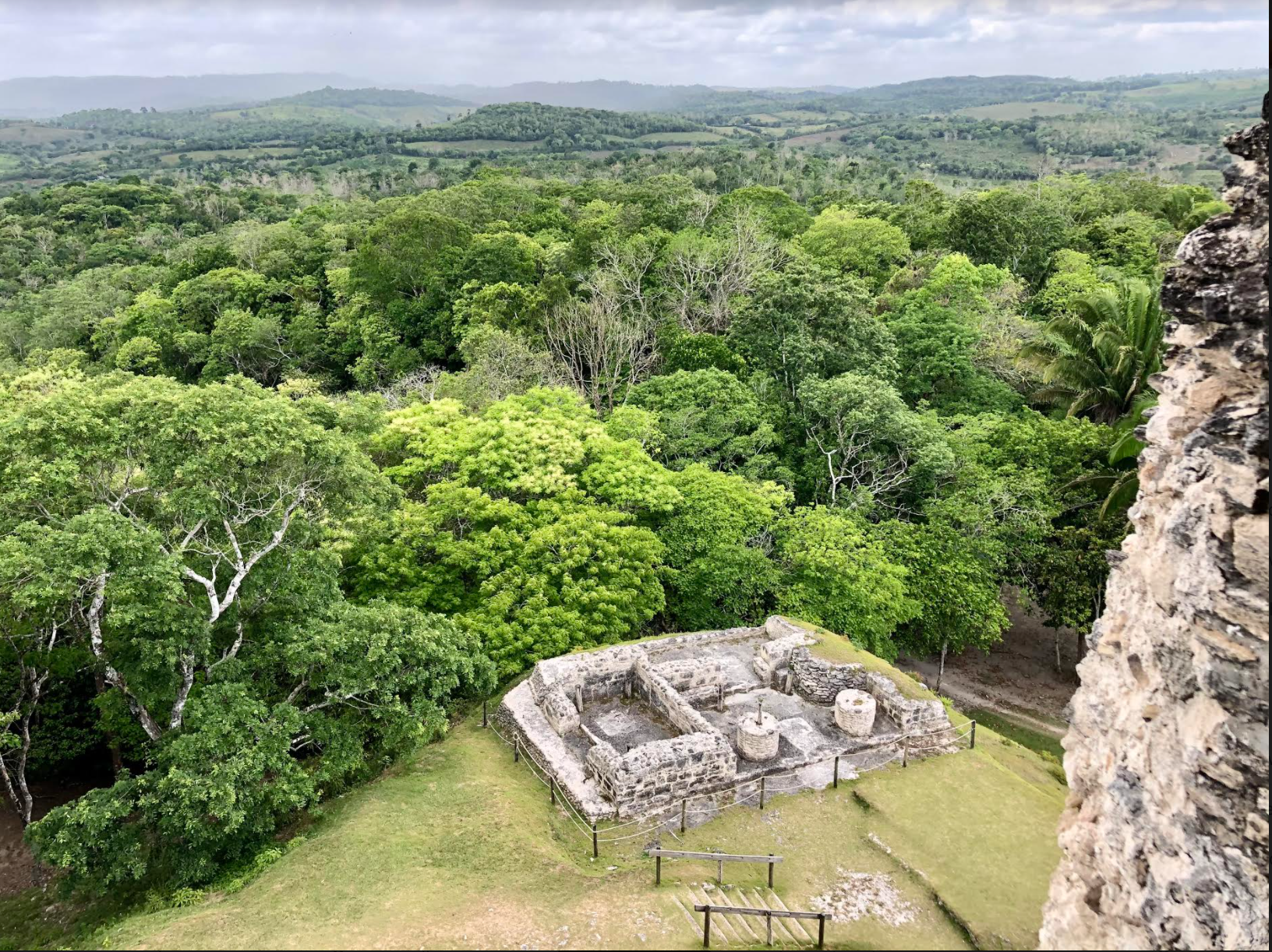Well-made crap? Better than it seems? Blood Red Sky “is one of the 71 original films that Netflix will release in 2021.” Directed by Peter Thorwarth, shot in Prague, a German-English coproduction.
 Jeffrey Wells
Jeffrey Wells
Hearing, But No Sightings
There’s something eerie and electrifying about sitting on your outdoor sundeck at 4:30 am — pitch black, pinprick stars in the sky — and listening to nearby howlers in the forest. It’s almost more trippy to not see them. Yes, they sound like prehistoric Skull Island monsters, but they’re just being themselves. Enthusiastic about life and about what tomorrow may bring.
Sub-Literate Goblin From Hell?
Perhaps not, but Donald Trump is an evil figure — a lying, salivating, power-hungry, pot-bellied animal. And despite all that’s happened, tens of millions of scurvies regard him as a savior.
“Heights” Made of Fine, Feel-Good Stuff
John Chu, Lin Manuel Miranda and Quiara Alegría Hudes‘ In The Heights (Warner Bros., 6.10) is good, grade-A stuff — engaging, open-hearted, snappy, well-composed. Chu (the Crazy Rich Asians guy) directs like a total pro. Catchy tunes, appealing performances, razor-sharp cutting. One character-driven vignette after another. Dreams, hopes, identity, hip-hop, neighborhood vibes, community, self-respect…all of it earnestly feel-good.
There’s no fault in any of it except for the minor fact that I was quietly groaning. Okay, not “groaning” but half-in and half-out. Admiring but disengaged. There isn’t a single moment in which I didn’t appreciate the effort, the snappy tunes, the professionalism, the heart factor, Alice Brooks‘ vibrant cinematography…all of it is fine and commendable, and I must have checked the time code 10 or 12 times, minimum.
No question about it — In The Heights is one of the best films I’ve ever felt vaguely suffocated by.
One measure of a fascinating film is that you literally want to live in it. You literally want to leave your seat and drop into the film like Mia Farrow merged with the black-and-white Park Avenue champagne world of The Purple Rose of Cairo….more of this, more of this.
Well, speaking as an ex-New Yorker who grew up in New Jersey and Connecticut, I really didn’t want to “live” in Washington Heights, and I’m saying this as one who felt a certain charged excitement from the town of Montfermeil in Ladj Ly‘s Les Miserables. I loved the Heights characters and community spirit, but the drab and regimented architecture, broad boulevards, stifling temps and struggling, hand-to-mouth atmosphere didn’t attract.
I felt the same way about In The Heights that I felt about Rent when I saw it on stage. Good show, good current, checking my watch.
Anthony Ramos is the appealing lead, a bodega owner named Usnavi de la Vega who’s saving up to move back to the Dominican Republic and open a beach bar. This aside the main story (among many) is about Usnavi being in love with driven, beautiful Vanessa (Melissa Barerra) who works in a beauty salon but longs to be a fashion designer.
Several characters dominate their respective vignettes, each with their own saga.
Ramos and Barrera hold their own and then some. Ditto costars Corey Hawkins, Leslie Grace, Olga Merediz, Daphne Rubin-Vega, Gregory Diaz IV, Lin-Manuel Miranda and L.A. Law‘s Jimmy Smits.
“Some movies are like expeditions,” a friend counsels. “You go to a place you might not want to live in, but you get caught up in the lives of the people there. That’s how I felt about In the Heights. I wasn’t bored. I found some of the music enthralling, [although] it was probably more effective on stage.”
In The Heights is an optimistic, up-with-people film all the way — no villains (except for the handful of white people who fail to show proper respect for the Latino characters), no grave conflicts, nothing boiling in the pot or coming to a crescendo, wokester attitudes. It’s about “all of us want more, want to do better, earn more, pair up with the right person but life is hard and dismissive and the odds are against us”, etc.
My favorite sequence involves “Abuela” Claudia (Merediz), a 70ish, white-haired woman who just before her death dream-trips her way back to the Manhattan of her childhood…an absolutely transporting, first-rate sequence.
I don’t know what else to say except I understand the enthusiasm for this film, and I wouldn’t disagree that it’s probably going to end up with a Best Picture nomination. I “liked” it as far as it went, and I felt more and more supportive of the characters as the film gathered steam. It has a great beginning and a fine finale. Can I end this review now?
Scent of Green Tranquility
I realize that these photos could be justifiably accused of being relatively boring. From a certain perspective. No Cruella stuff, no In The Heights, no Amazon delivery driver, no uppity white lady, no hair-trigger Victor Lazlo intrigues…none of that. But they’re part of what the day has been about.
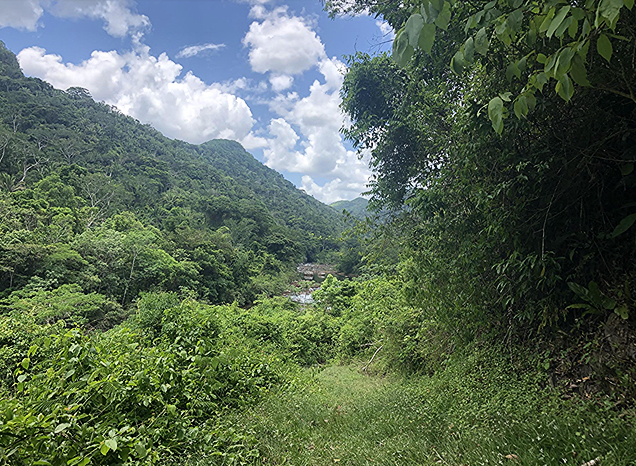
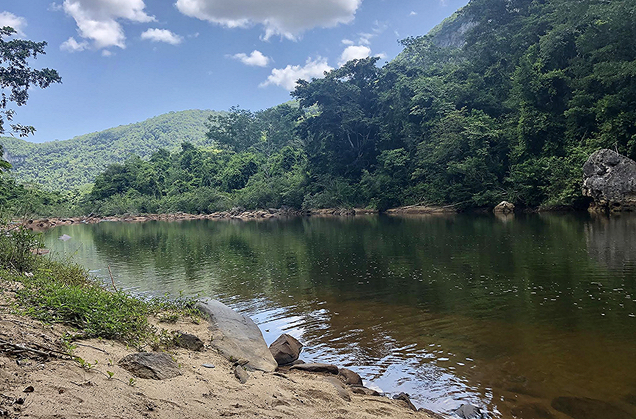
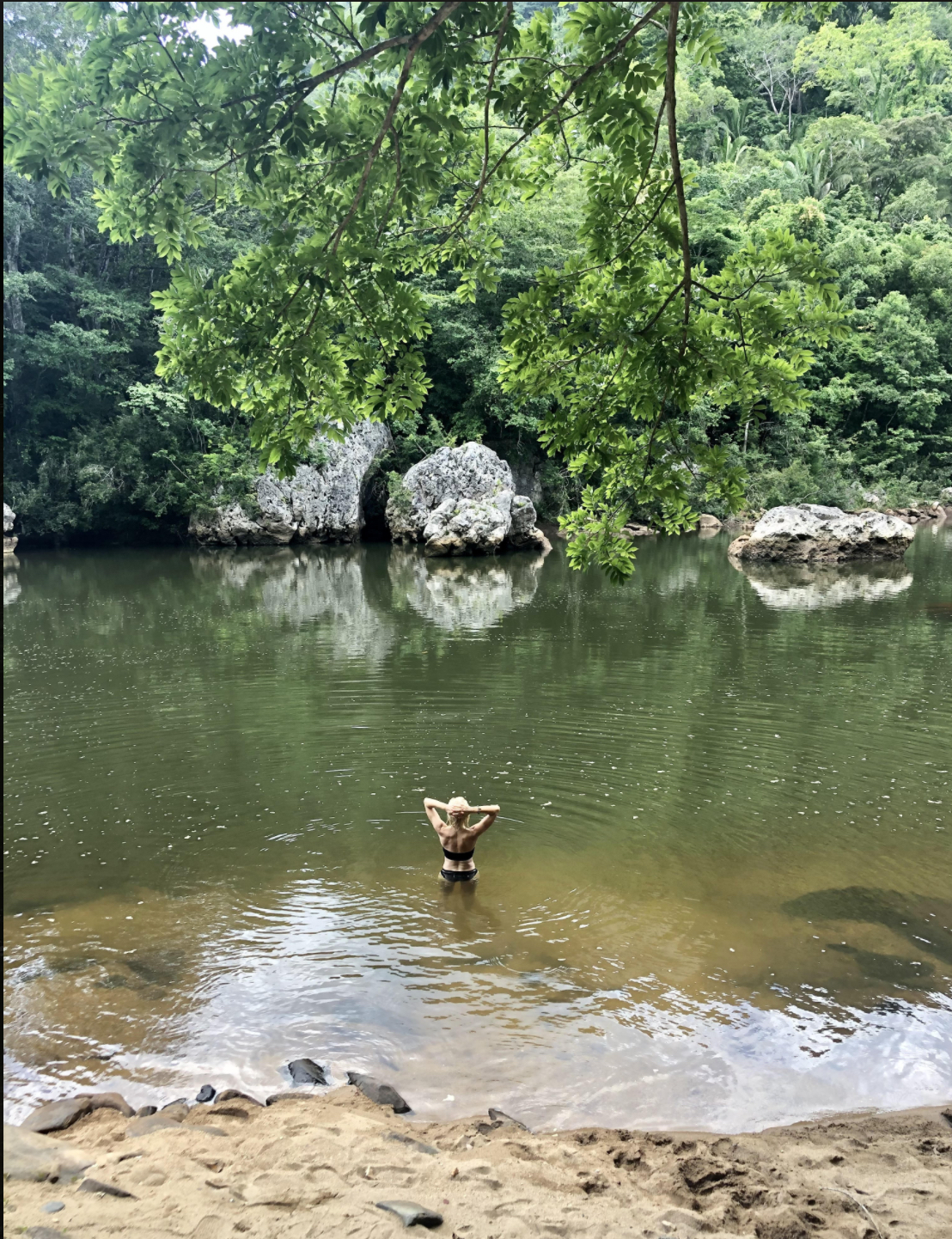
Stain Upon Honor of Cannes
On or about 5.20 Cannes Film Festival honcho Thierry Fremaux promised that a “planetary blockbuster” would premiere during the 2021 Cote d’Azur gathering (7.6 through 7.17).
The presumption or at least the hope, given Cannes’ rep for (mostly) semi-classy selections, was that the secret film might be the latest Bonder, No Time To Die. Or West Side Story. Or at least something half cool.
Then came Elsa Keslassy‘s deflating, appalling report that the “planetary blockbuster” will be Justin Lin‘s F9…wonderful! Robotic macho muscle-car CG bullshit on the Croisette…just what the movie doctor ordered.
Set to open stateside on 6.25, F9 opened worldwide on 5.19, and has so far grossed $256 million, including $206 million in China alone.
China is the all-time arch-enemy now — creator of the lab-leaked Covid-19 virus that killed millions, and also the huge economic engine that ensures that empty crap movies like F9 will continue to dominate.
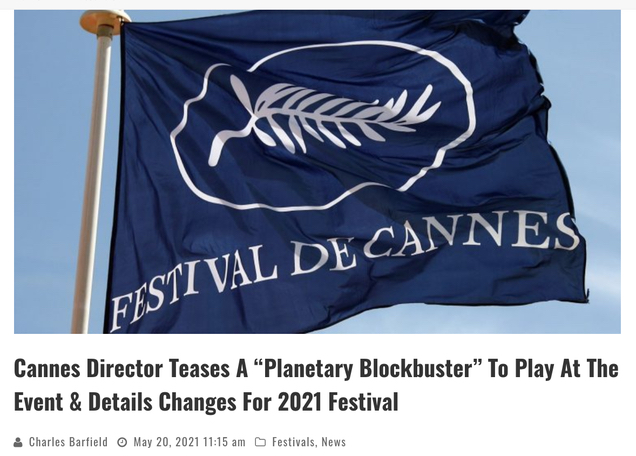
Smoking Gain-of-Function Gun
From “The Science Suggests a Wuhan Lab Leak: The Covid-19 pathogen has a genetic footprint that has never been observed in a natural coronavirus,” by The Wall Street Journal‘s Steven Quay and Richard Muller:
“Proponents of zoonotic origin must explain why the novel coronavirus, when it mutated or recombined, happened to pick its least favorite combination, the double CGG. Why did it replicate the choice the lab’s gain-of-function researchers would have made?
“Yes, it could have happened randomly, through mutations. But do you believe that? At the minimum, this fact — that the coronavirus, with all its random possibilities, took the rare and unnatural combination used by human researchers — implies that the leading theory for the origin of the coronavirus must be laboratory escape.”

Gleiberman’s “Cruella” Praise
In a 6.6 rave, Variety‘s Owen Gleiberman is claiming that Craig Gillespie‘s Cruella “may be the best movie of the year so far.” Okay, maybe. My dislike of flamboyant big-screen wickedness or perversity is fairly acute; ditto my loathing of origin story films. Hence I still haven’t watched it, and as I sit here I’m dreading the forthcoming experience with all my heart.
On top of which one can’t help but wonder why Cruella has a 74% Rotten Tomatoes rating along with a 59% from Metacritic. Clearly it’s doing something wrong by the sights of several critics.
That’s all I’m able to say at this point. I’m a staunch Gleiberman fan, but in this case my inclination is to trust Anthony Lane more.

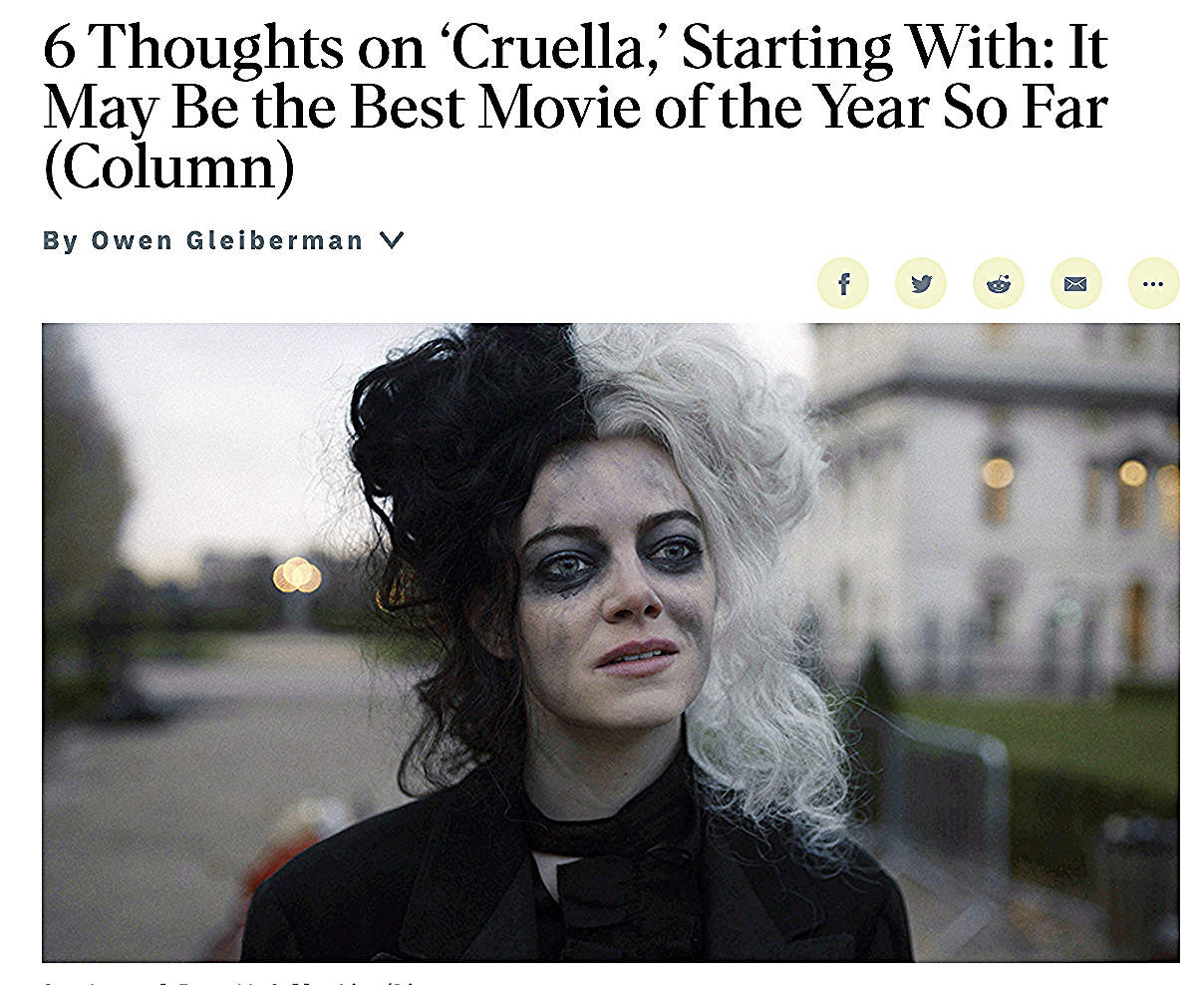
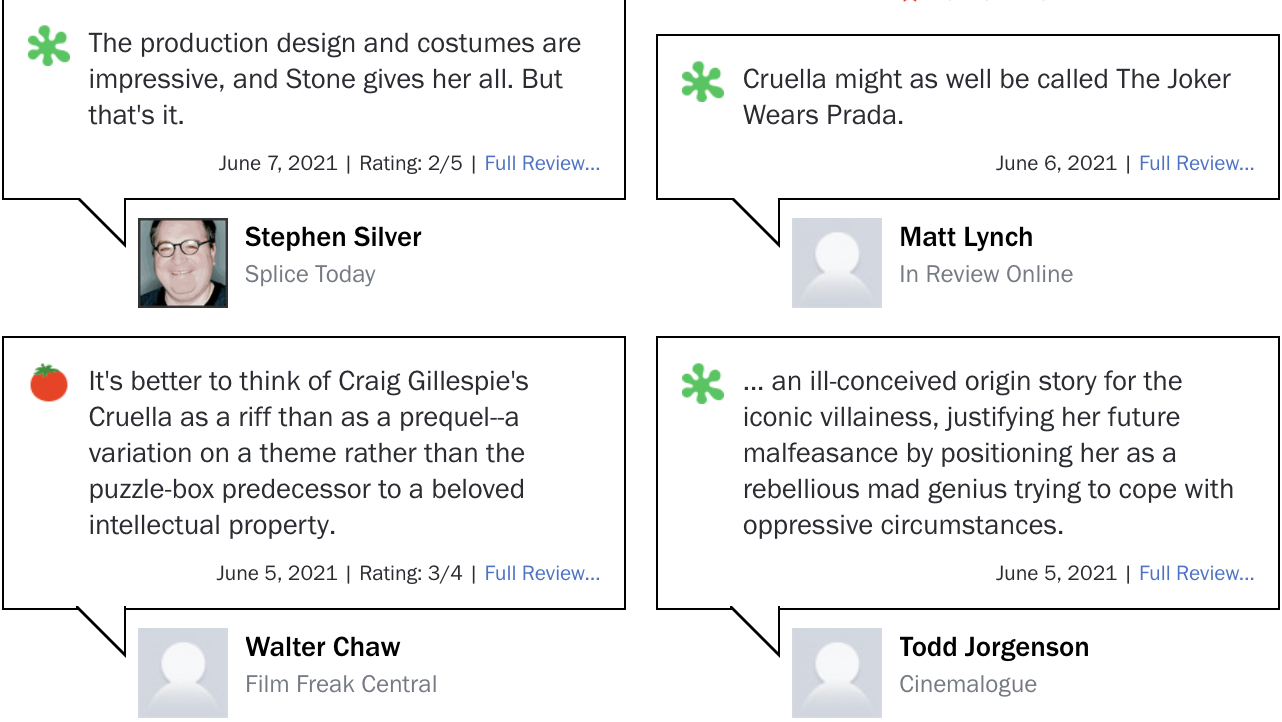
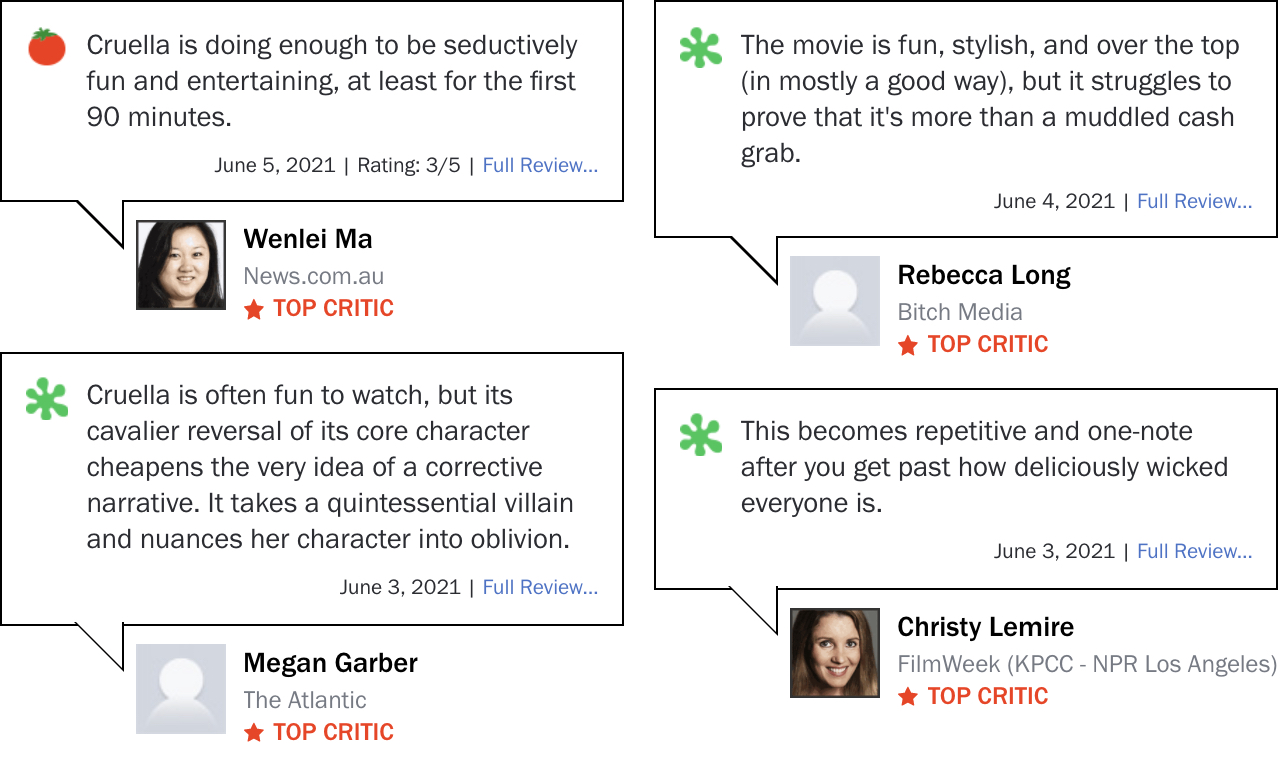
“What A Beautiful View”
By the standards of contemporary or soon-to-occur space travel (including Elon Musk‘s proposed trips to Mars), going on an Allan B. Shepard quickie space voyage (11 minutes) sounds a tad underwhelming. On 7.20 Jeff Bezos will “do a Shepard” aboard a spacecraft made by his company, Blue Origin. No offense but if I were Bezos I would want do a John Glenn — three orbits around the globe, space fireflies, a Pacific Ocean slashdown.
Dead Bloody Baby Bat
We’re staying at Black Rock Lodge in the western Belizean jungle — a surprisingly affordable three-star luxury hotel in which the most expensive rooms are $120 and change.
A couple of hours ago we were eating dinner on a huge open-air, grass-roof-covered veranda that overlooks the forested cliffs that face the hotel along with the Macal River. It was getting dark and we’d finished the main course when all of a sudden a live something-or-other dropped into my lap. I looked down with a studied nonchalance, brushed it off my lap and it hit the floor. We used Tatiana’s iPhone light to identity what had fallen from the sky.
It was a tiny gray bat that was writhing in some kind of pain. Tatiana nudged it slightly with her foot, and noticed that a trail of blood was pouring out of the little guy.
We did not kill it — nature or God or fate did.
Tatiana now believes that between the snarling pit bull and the bloody baby bat there is a vendetta on the part of Belizean animals to get me, in the same sense that birds were out to murder humanity in Alfred Hitchcock’s 1963 classic.
4:45 am update: Around 10 pm last night (Sunday, 6.6) I was sitting in darkness on the outdoor porch of our unit (cabin #16). I was editing something or other when I was swooped or dive-bombed by another bat. No visual confirmation but I felt it — the bat “attacked” my above-the-forehead hair in the same way that Tippi Hedren was dive-bombed in that Bodega Bay motorboat sequence in The Birds. And I heard it, of course — a furious wing-flutter sound, like a loud hummingbird.
This makes three animal attacks within the last 60 hours — Caye Caulker pit bull**, bloody baby bat in my lap during last night’s dinner, and Mr. Dive-Bomb seven hours ago.
5 am update: A Belizean puma just snuck up out of the dark and bit my ankle on the outdoor porch…kidding! Mick Jagger imagination.
But at the same time I am legend — seriously. I eat animal attacks for breakfast. My German genes snort derisively at any potential threat of infection.
White Lady Beat-Down
This recent beating of a mouthy 67 year-old East Bay woman by a 21 year-old Latina Amazon delivery driver is a woke rage thing — white people need to understand their place and check their attitude, and if they fail in that regard beatings from non-white assailants will be severe — fair warning. Check your white privilege, bitch.


